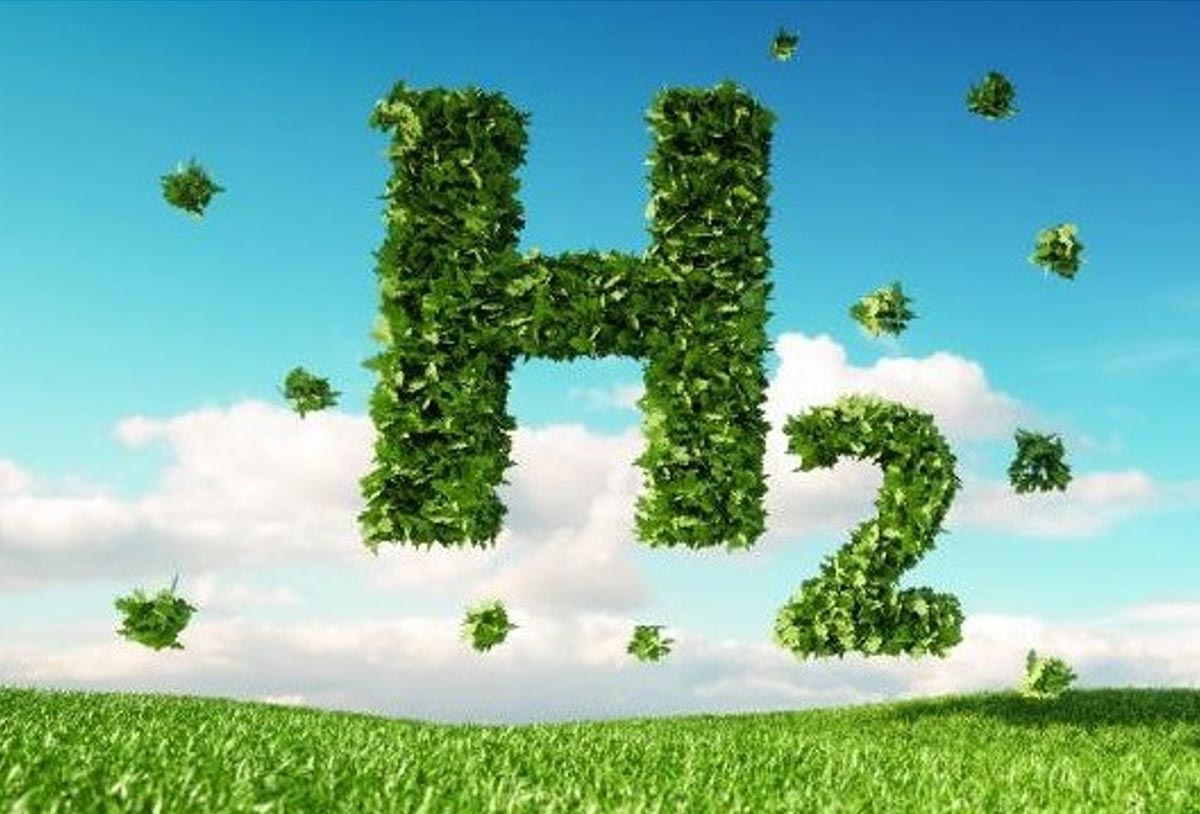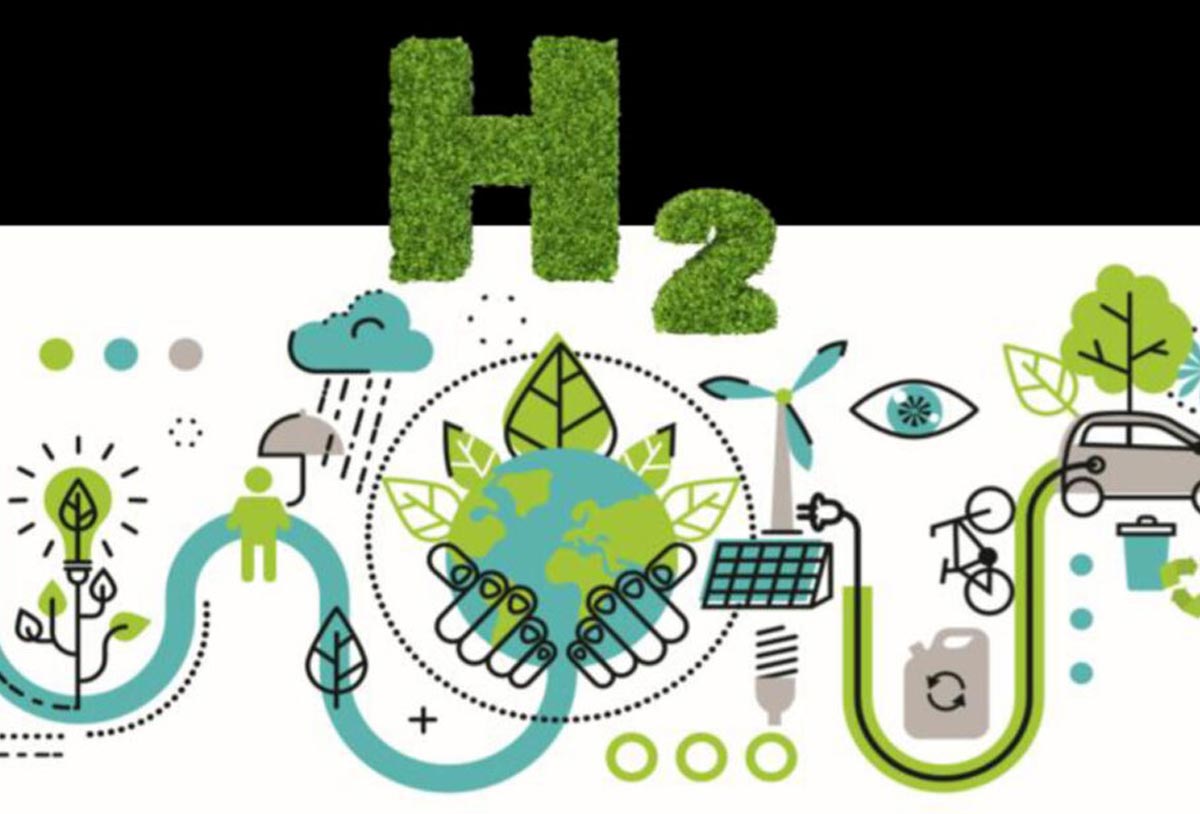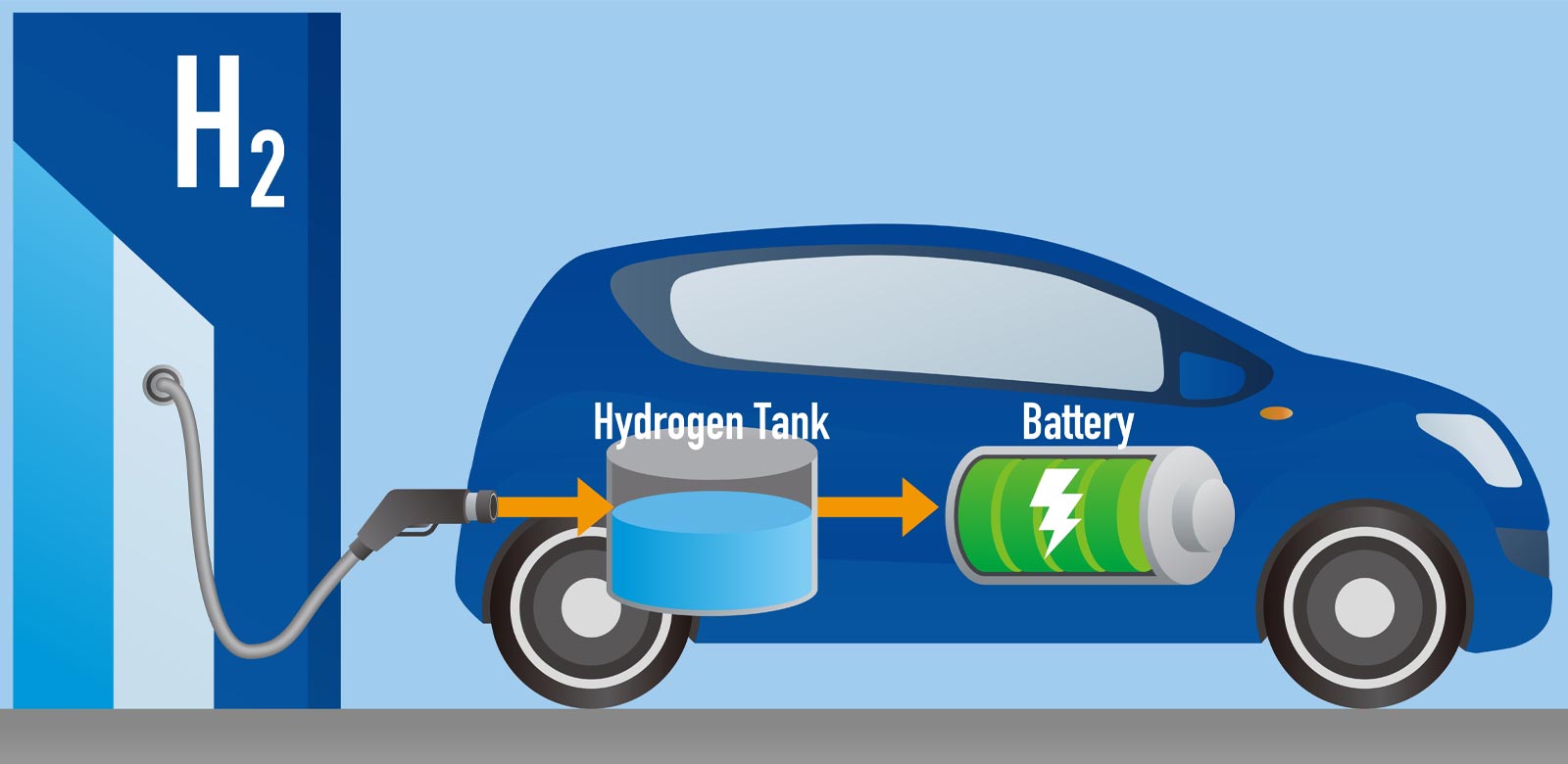Application in projects related to the generation of Hydrogen and positioning in the supply chain

The Maritime Space management Plans (MSP) have as a general purpose the coexistence of different uses in marine waters in ways that guarantee the achievement and the maintenance of the good ecological status of the sea and the preservation of the landscape and of the cultural heritage. The Plans for the three Italian maritime areas are geared towards the growth and development – which must be balanced and projected over the medium to long term – of the maritime sectors, mature or emerging, in ways to enhance the vocations of the territories and the well-being of coastal communities and of the whole national community.
Given the strategic objectives defined on a national scale and the specific objectives set out in the maritime areas, the guidelines provide for the identification of measures and actions aimed at achieving them (D.P.C.M. 1 December 2017, par. 20), to which indicators will be associated in order to be able to follow up on the monitoring during the implementation phase and to be able to proceed effectively in the event of misalignments between the expected objectives and what is produced.
The specific purpose of the MSP measures and actions is the unitary management of the interactions among the uses and of the interactions between uses and transversal objectives.
The analysis of both current and to-be-developed uses confirmed that the primary need to which the MSP must respond is precisely the unitary management of the interactions among uses, to reduce conflicts, and to strengthen the synergies between uses and transversal objectives.
In fact, there are several combinations of uses in each sub-area and in each Production Unit (PU), which must be regulated directly by the Plans or by the competent administrations following the recommendations and guidelines of the Plans themselves, above all: where multiple priorities have been assigned in the same PU; where other uses compatible with priority or limited use are indicated; where the vocation is for generic use.
In the current context, therefore, the production of electrical energy from river currents and wave motion can be focused on the generation of Green Hydrogen by means of Electrolysis.
In the port area, this process – that is notoriously energy-intensive (it takes over 4 kWh of electricity to produce 1 m³ of H2, therefore it takes 48 kWh to produce 1 kg of H2) – can benefit from the interfacing of the energy produced by GIAR technology through a series of turbines that can be installed in the oscillating chambers that can be placed along the breakwaters of the ports.
Indeed the GIAR Turbine has operating characteristics such as to ensure a good constant supply even in the port area – which is the most challenging area – so as to be able to provide the energy necessary for the operation of electrolysers with even medium-high production capacity.
The Hydrogen Valleys that are springing up at some Italian ports are perfect ecosystems for the insertion of GIAR technology, which can be coupled to electrolysers as a source of electrical energy with Guarantee of Origin (GO) for the generation of Hydrogen.


Since river currents and wave motion are completely natural and therefore ecological resources, the GO of Hydrogen generated from the electricity production of the GIAR Turbine is perfectly in line with the criteria that distinguish the generation of Green Hydrogen.
GIAR Energy S.r.l. Benefit Company
Innovative Start-Up; Business Register Special Section REA N. MC-275955
Tax Code and VAT Number 02064820430; S.C. € 250.000,00 fully paid-up
Registered office: Borgo Conce n. 29, 62027 San Severino Marche (MC)
Operational Headquarters: Via E. Mattei n. 27, 62027 San Severino Marche (MC)
Representative Office: Via Pomezia n. 8, 63074 San Benedetto del Tronto (AP)
